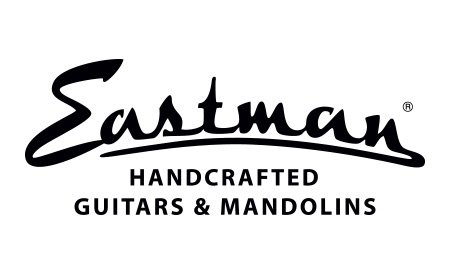Eastman Banjos

About Eastman Strings
The Eastman Strings workshop operates in precisely the same manner as late 19th century European workshops. Chisels, knives, and scrapers, in the hands of outstandingly gifted craftspeople, are the primary tools used to create these modern instruments. These techniques impart each model with a beautiful voice and appearance that can only be achieved by hand. As in the shops of master luthiers for the past five hundred years, Eastman Strings honors this tradition everyday.
Select a Category

5-String Open-Back
Open-back banjos generally have a mellower tone and weigh less than resonator banjos. They usually have a different setup than a resonator banjo, often with a higher string action (string action refers to how high the strings are positioned above the fingerboard.)

5-String Resonator
Some banjos have a separate resonator plate on the back of the pot, designed to project the sound forward and give the instrument more volume. This type of banjo is usually used in bluegrass music, though resonator banjos are played by players of all styles, and are also used in old-time as a substitute for electric amplification when playing in large venues.

Fretless
The earliest banjos were made without frets or position markers. Today, modern players looking to reproduce and authentic old sound reach for a fretless banjo. Without fret markers players can slide up across several frets and get all of the notes in between the frets.

Guitar Banjo
When a guitar and a banjo love each other very much they get together and make guitar banjos, guitjos, or bantars. These are Guitar necks with banjo rim bodies.

Plectrum
The plectrum banjo is a standard banjo without the short drone string. It is usually played with a guitar-style pick (that is, a single one held between thumb and forefinger), unlike the five-string banjo, which is either played with a thumbpick and two fingerpicks, or with bare fingers

Tenor
The shorter-necked, tenor banjo is also typically played with a plectrum. It became a popular instrument after about 1910. By the mid-1920s, when the instrument was used primarily for strummed chordal accompaniment, 19-fret necks with a scale length of 21¾ to 23 inches became standard.
